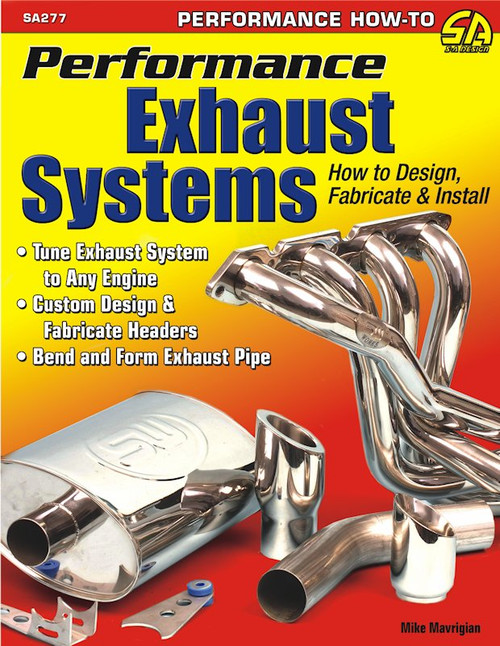In High-Performance Brake Systems: Design, Selection and Installation, author James Walker, Jr. uses more than 330 b&w photos to complement the easy-to-understand text on how you can upgrade your brake system the right way, the first time. You'll learn how (and why) your brake system works, the role of each component, and how to upgrade your braking system for improved performance. From rotors and calipers, to brake pads and tires, this book will help you choose and install the best brake system whether you drive a sports car, muscle car, race car or hot rod. Plus, special sidebars, detail how each upgrade may affect your ABS system!
Whether you're a commuter, a casual enthusiast, a weekend warrior, or a pro racer, this is the perfect high-performance brake book to own.
Subject: Transportation: Automotive: High-Performance: Brake Systems: design, selection, how-to install. ISBN-10: 1613250541 | ISBN-13: 9781613250549 | CarTech SA126P
Book Excerpt
BRAKE PADSBRAKE PAD FADE High-performance driving, towing a trailer, or blatant abuse can drive the brake pad temperature high enough that the coefficient of friction can decrease dramatically, resulting in decreased overall brake system gain. In other words, once a brake pad reaches its maximum operating temperature, brake pad fade may greatly reduce its ability to generate friction forces. Brake pad fade is the result of the friction material breaking down both physically (a phenomenon known as gassing out) and chemically (commonly called glazing) while simultaneously producing a thin layer of burned brake pad material between the pad face and the rotor friction disc. Not only does this reduce the level of friction between the pad and the rotor, but the resulting gasses can also form a lubricating layer that can reduce the coefficient of friction to practically zero. As a result, unlike brake fluid fade, where the brake pedal falls toward the floor, the primary symptom of brake pad fade is a high, hard brake pedal that doesn?t produce significant deceleration, regardless of the amount of driver input force (if the gain is equal to zero, the input force doesn?t matter). There may also be the unmistakable odor of fried brake pad friction material, as the gasses eventually find their way into the vehicle interior. There are only two methods of avoiding brake pad fade. First, the temperature of the pads should be reduced to the lowest level possible through the selection of brake cooling ducts (more to come on both of these topics in Chapter 10). The second measure is to install brake pads suited to the temperature range expected during use. Friction materials designed for use around town seldom provide adequate brake pad resistance under demanding conditions.
Whether you're a commuter, a casual enthusiast, a weekend warrior, or a pro racer, this is the perfect high-performance brake book to own.
Subject: Transportation: Automotive: High-Performance: Brake Systems: design, selection, how-to install. ISBN-10: 1613250541 | ISBN-13: 9781613250549 | CarTech SA126P
TABLE of CONTENTS:
- Introduction
- Energy Conversion
- Tires Stop the Car
- Brake System Design
- Brake Balance
- Pedals, Boosters and Master Cylinders
- Brake Fluid
- Brake Lines and Hoses
- Brake Calipers
- Brake Pads
- Brake Rotors
- Sports Car Brake Upgrade
- Racecar Brake Upgrade
- Muscle Car Brake Upgrade
- Hot Rod Brake Upgrade










